Vintage Performance - Tuning the 30hp VW Beetle motor
In this article, we take a look at getting more power out of early VW 30hp motors. First of all, I should probably explain just what a 30hp motor is and how it differs from the later type. Essentially, it’s the original version of the Type 1 aircooled boxer motor, as fitted to the first Beetles, T1 Splitscreen Vans and Karmann Ghias, in 25 and later 30hp versions up until around 1960. It’s easily distinguished from its later siblings by a generator stand that’s cast into the crankcase, instead of bolted on. Aside from some very early motors, these were all (just under) 1200ccs and not only are they dimensionally slightly smaller than later motors. but have very few parts in common with them.
So you’ve bought a beautiful original old VW and while you love the looks and style of the car, the performance of the original motor isn’t exactly everything you’d been dreaming of. It’s understandable – they’ll certainly push the car down the road well enough, but getting up to speed to merge with traffic can be a bit chancy and having to downshift on steep hills is certainly no fun, especially when there’s a truck filling your rear view mirror. After all, "the world went and got itself in a big damn hurry" since these cars were new.
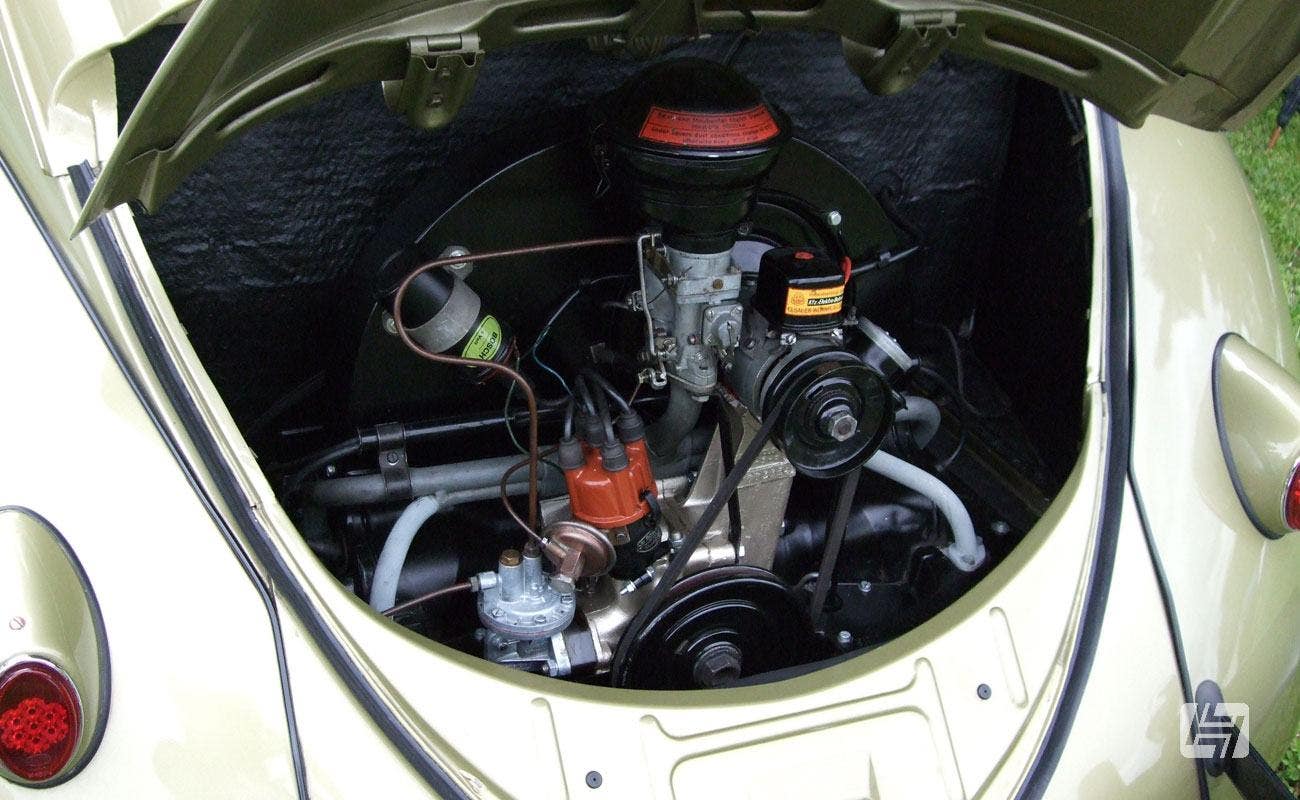

Of course, you could take the 30hp out, put it on the shelf and fit a later motor, but you’ll have lost some originality, which means you may find yourself excluded from historic events. You’ll possibly hurt resale value and fitting a newer motor is neither cheap nor even all that easy on an early VW. Also, why replace a perfectly good motor, when you can pep it up with some modifications instead?
Mostly it’s important to think about what you want out of the car. You can spend a lot of money on a hotted up later Beetle motor and it’ll produce a very respectable amount of power. You can also spend a lot on a tuned 30hp motor and it won’t make anywhere near as much. Which isn’t to say it’s impossible to squeeze a bunch of horsepower out of one of these things - just that it’s not necessarily a particularly sensible (and certainly not cheap) route to go down. But since when did we let logic stand in our way?
A lot of the parts I mention in the following article can be tricky to track down. If you do intend to go down the tuned 30hp rabbit hole, then I’d advise you to do some further reading up on the subject before jumping in.
Twin Carburettors
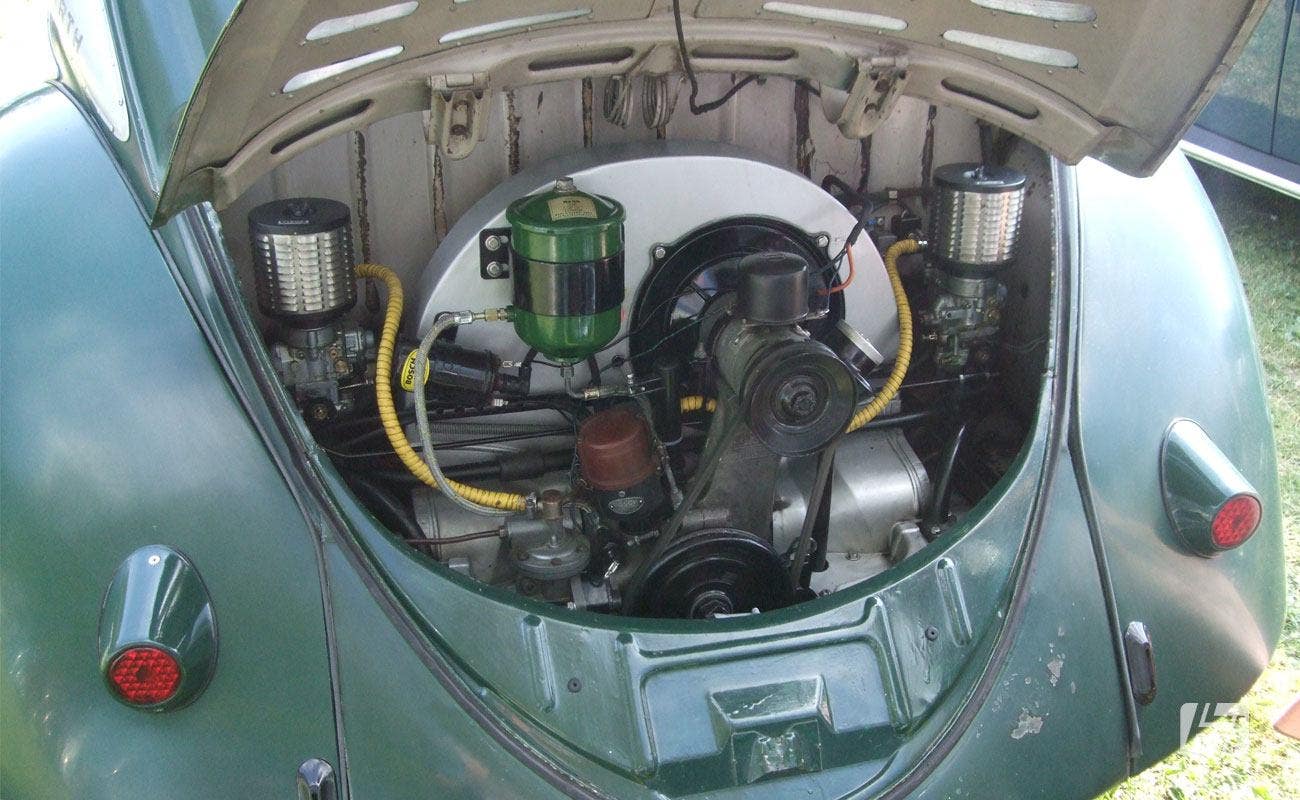

Starting with the simplest mod first, you can bolt on a twin carb setup. People have been doing this since the cars were new, so there have been a lot of different manifolds made for the job, by companies such as Riechert, Dietz or Autotechnik Express. These usually use two of the stock type Solex 28s, though you can also go bigger, with a twin 34 setup, which can be found here. Just don’t expect massive power gains. It’ll probably net you 4hp or so. Though bear in mind that is more than a 10% power increase and the motor will pick up a little better due to improved torque.
Supercharged VW
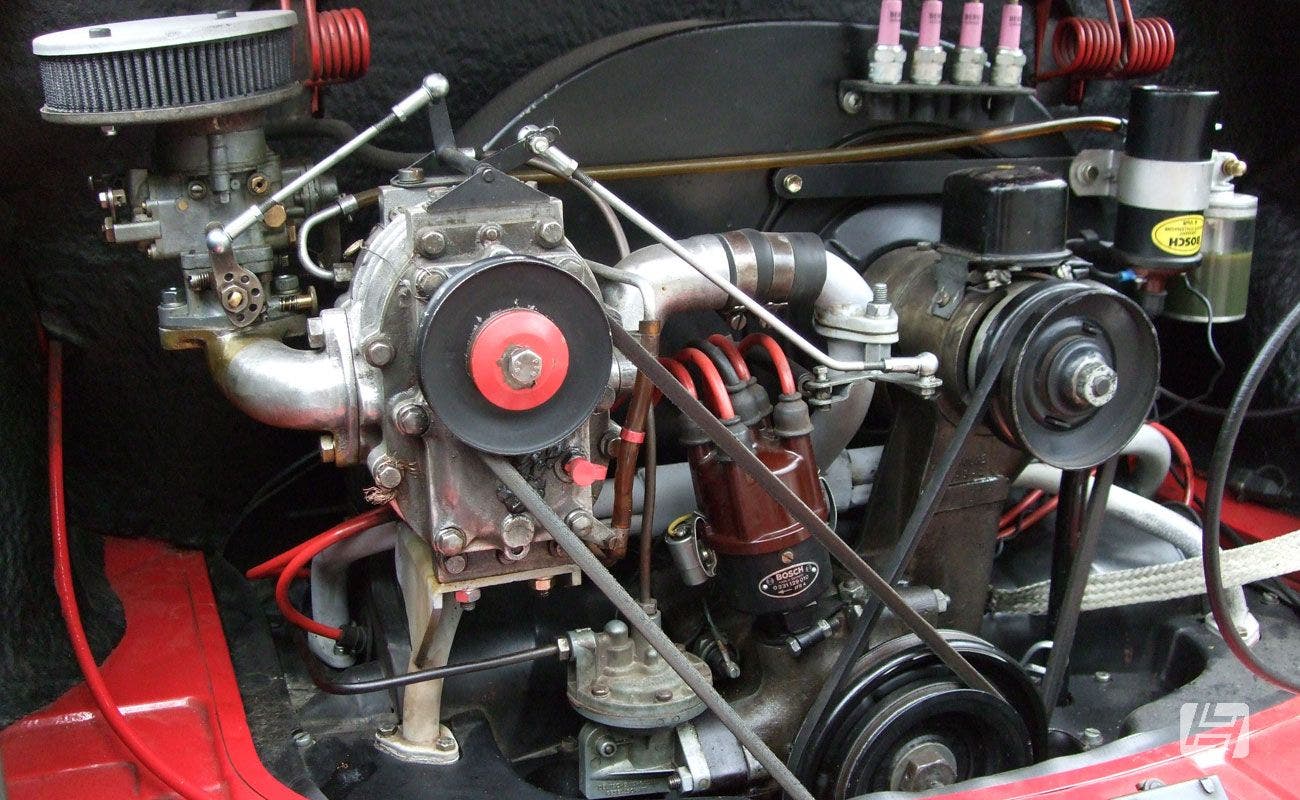

As with the twin carbs, people have been adding small superchargers (aka blowers) to these engines since the 1940s. The supercharger is also a straight bolt on, with the motor still in the car. Kits were available from MAG, Italmeccanica and Shorrock, while Judson in particular were sold in quite some numbers. Naturally all are rare and collectible now and care is needed if you’re offered an incomplete setup, as missing bits might prove very hard indeed to track down. There is some good news though, as there’s a supercharger kit available from JoBlo in Australia, using a modern (though reasonably vintage looking) blower that was developed for Japanese Kei cars. A supercharger installation could net you 10-15hp, which is going to be a noticeable difference. Just keep an eye on that oil temperature gauge.
Okrasa Kit
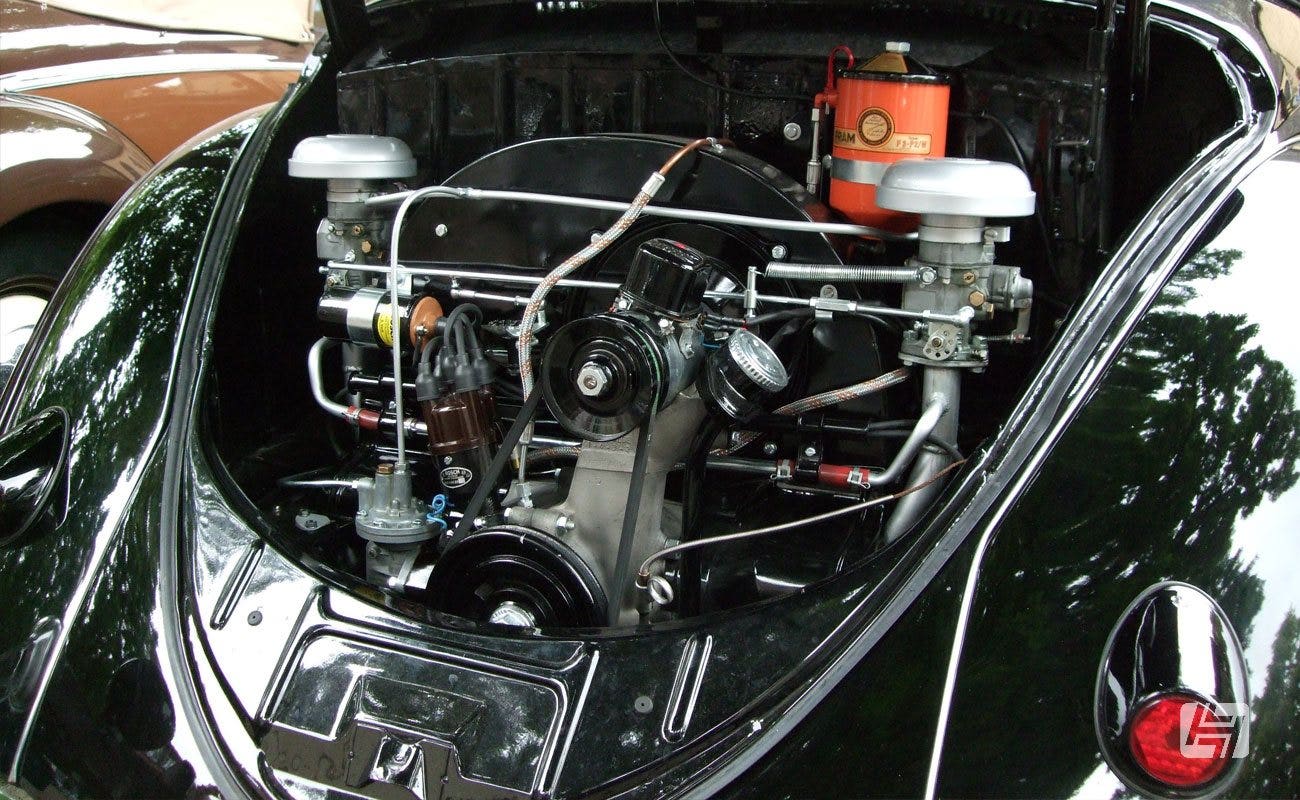

Back in the 1950s, German tuning company Okrasa (Oettinger Kraftfahrttechnische Spezial Anstalt) offered a couple of kits to boost the performance of the VW motor. Since the single port cylinder heads and single carb were found to be limiting the performance, the basic kit (TS 1200) offered a pair of twin port heads (more than a decade before the factory did the same) and twin single choke Solex 28 carbs. The second kit (TSV 1300) additionally came with a longer stroke crank - 69.5mm instead of the rather fragile, standard 64mm – and 32mm carbs. Naturally fitting either of these kits is an engine out job and since a replacement crank requires splitting the motor, it’s no afternoon job, but the heads and crank combination will get you more than 10hp with factory like reliability. You can also fit a bigger cam while you have the motor in bits. As with the superchargers, original Okrasa parts are few and far between, but these are now reproduced by Wolfsburg West. These kits will usually need some fettling to get the best out of them – check that the valve seats seal correctly before installing the heads and the inlet manifolds may also not seal well. This should add 10 or 12hp when combined with the stroker crank.
More Power
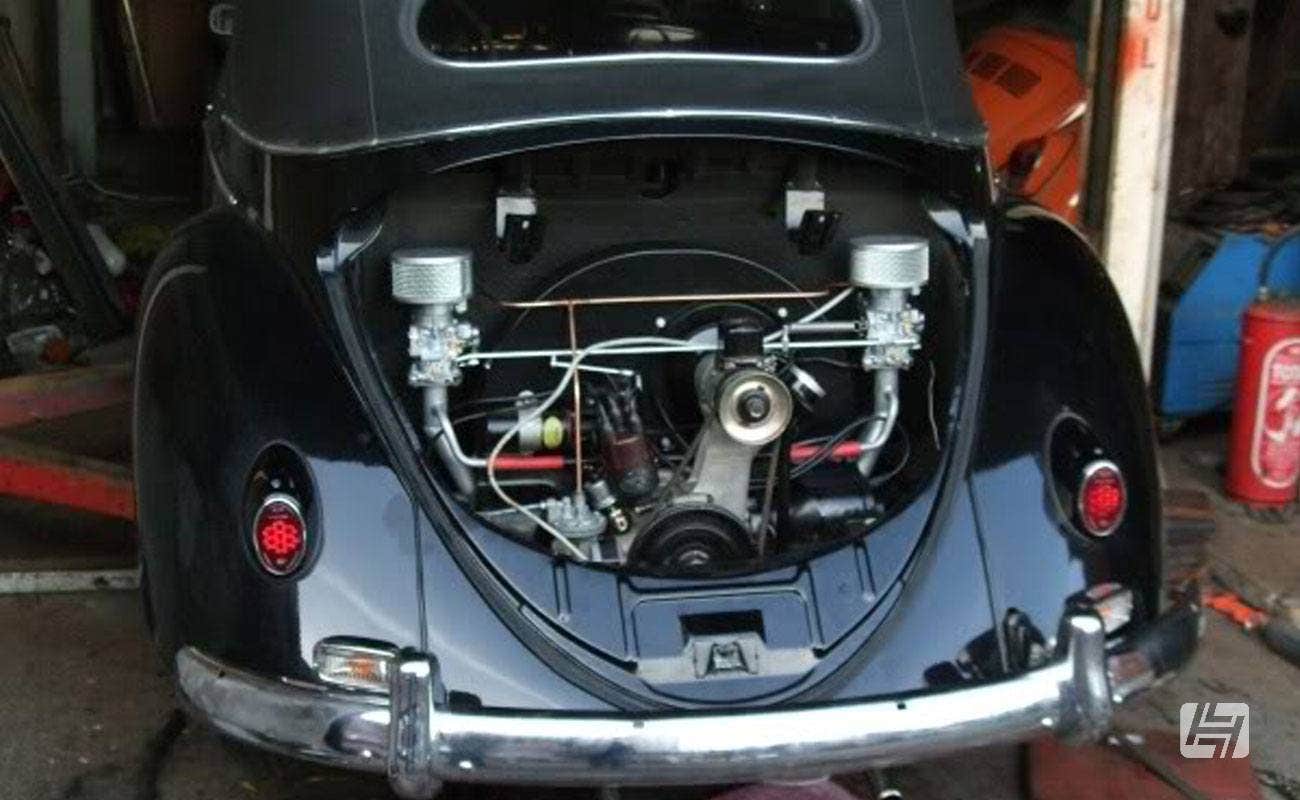

Still not enough for you? The Okrasa inlet manifolds are generally reckoned to be quite poorly designed - and of course twin choke carbs will work far more efficiently with your twin port heads. Speedwell USA can provide you with cast alloy manifolds that will accept Webers/Dellortos or Porsche 356 style 40 Solex carbs if you really want an original looking motor. Porsche 356 heads will also fit, though the matching exhaust will not. You can also go even bigger with the crankshaft, if you can find an early 356 74mm crank, then that can be persuaded to fit too. There's a big bore barrel & piston set available to take the motor up to 1286ccs. Bigger, early Porsche 356 barrels and pistons will go on if you don’t mind fly cutting the heads. Fortunately cast iron repros are available, as the original style aluminium Nikasil coated cylinders are eye-wateringly expensive. You’re getting well out of the realms of simple bolt on stuff by this point, but it can net you up to around 1500cc and power (depending on lots of factors) in the vicinity of +/-60hp. Which admittedly doesn’t sound like the sort of horsepower you’ll be bragging to your friends about, but it is around double the power the motor made originally and is plenty for pushing a lightweight and low geared VW along the road.
30hp VW Exhausts
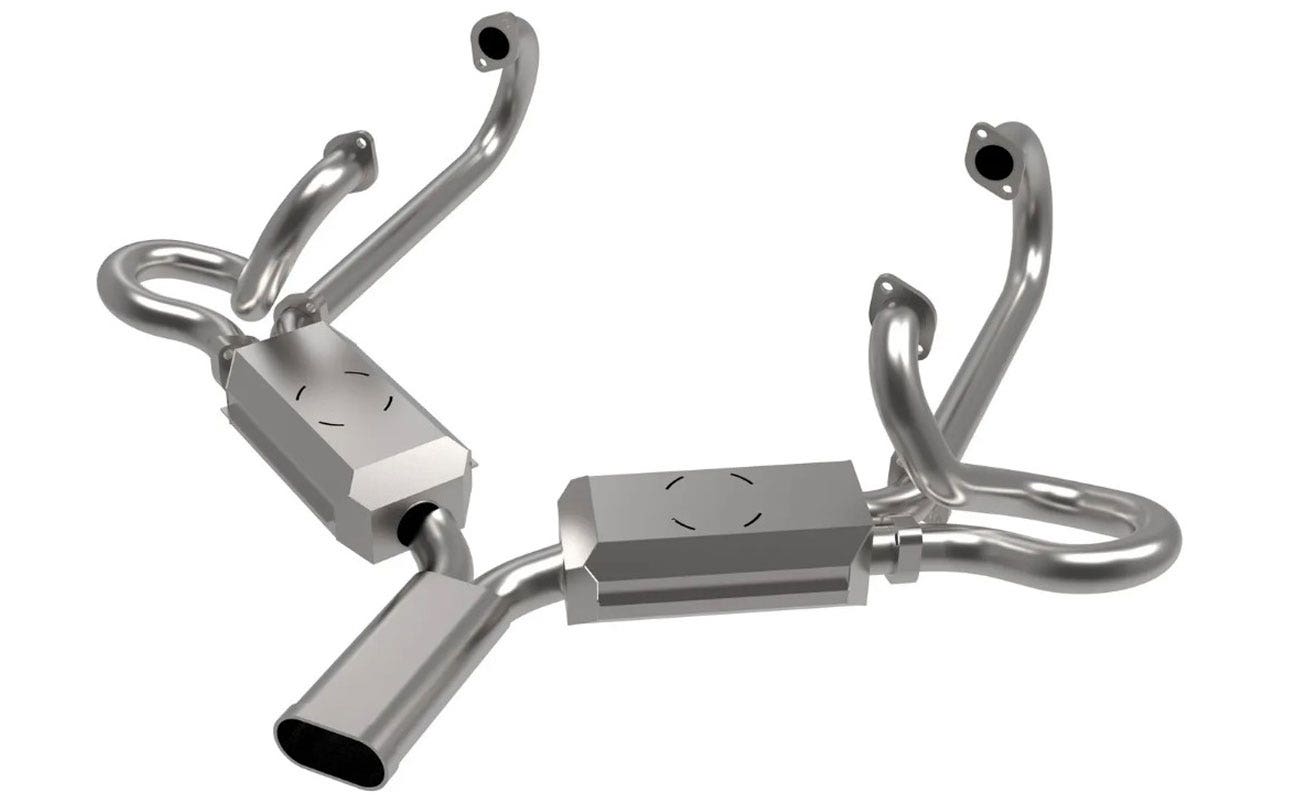

An original exhaust can be outfitted with big bore tailpipes, or you can choose an aftermarket pipe such as the Abarth replica four tip (sounds great - no idea if it makes the car faster) or a Vintage Speed stainless unit. While there’s no doubt that a header and muffler combo would gain you some power, it’s not particularly in the spirit of preserving those vintage looks.
Improved Engine Cooling
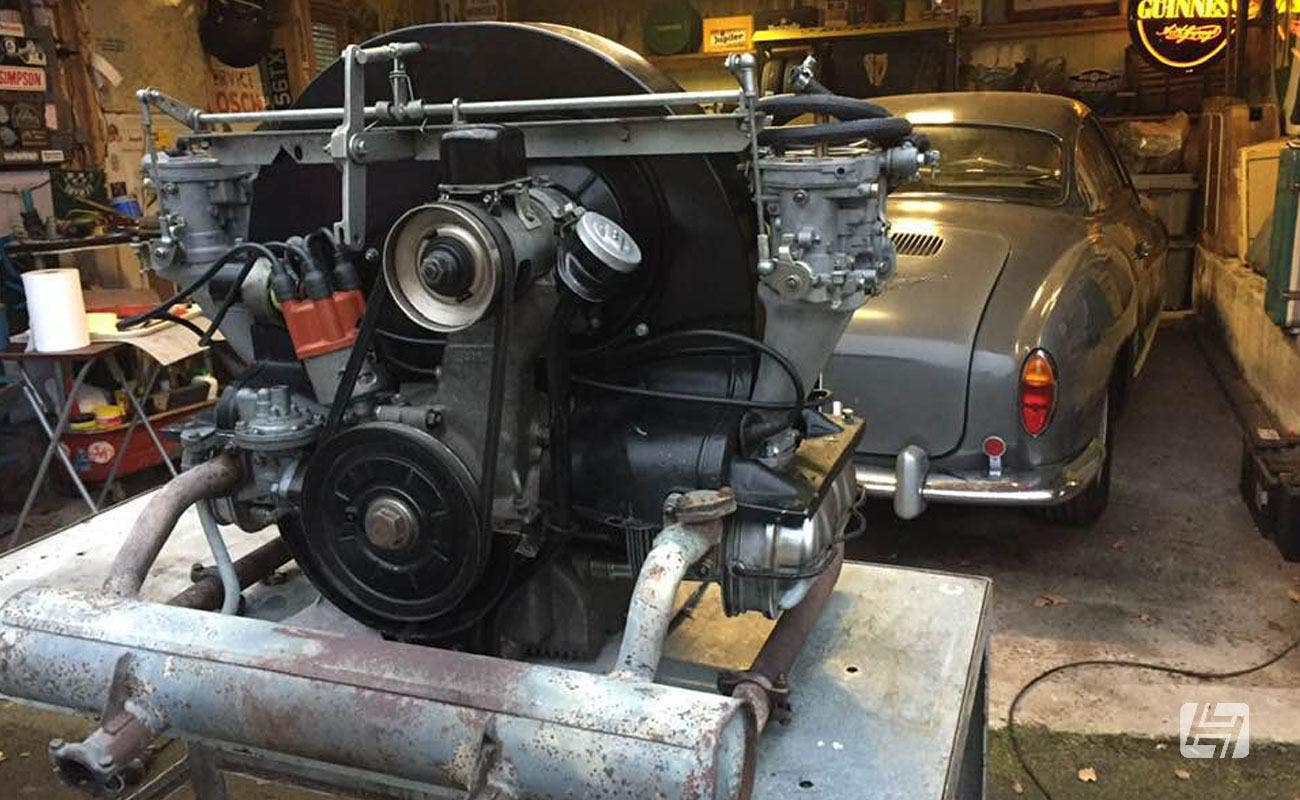

With all the extra power, you’ll need to address keeping the engine cool. One effective bolt on mod is to fit the doghouse oil cooler from a later motor, along with a suitable fan shroud and a wider cooling fan (earlier fans are slimmer) to move more air. Okrasa had their own copper tube oil cooler that fits in front of the fan, though there’s some discussion as to how effective this really is. A deep sump would be a good addition – more oil means more cooling - as would a larger oil pump. Be sure to check your engine bay seals too, as you don’t want to be pulling in hot air from below the engine. Getting cold air from above the car is important and fitting a cabrio decklid for the extra air vents is a common modification for good reason.
Old Speed Tuning
The best advice is probably not to get carried away with tuning. Don’t forget that these are some old engines, with a rather weak crank and without even any cam bearings. They were never intended for high performance use. That said, if your goal is to be able to keep up with modern traffic a little better, then you can achieve that fairly easily and it will undoubtedly make the car a lot more fun to drive. The ‘Vintage Speed’ forum on thesamba.com is an excellent place to find more info.
James D




 Beetle
Beetle
 Type 2 Bay
Type 2 Bay
 Type 2 Split
Type 2 Split
 Type 25
Type 25
 Transporter T4
Transporter T4
 Transporter T5
Transporter T5
 Golf Mk1
Golf Mk1
 Golf Mk2
Golf Mk2


 911
911
 996
996
 997
997
 986 Boxster
986 Boxster
 987 Boxster
987 Boxster
 912
912
 944
944
 924
924


 Defender
Defender
 Discovery Series 1
Discovery Series 1
 Discovery 2
Discovery 2
 Series 1, 2 & 3
Series 1, 2 & 3
 Freelander
Freelander
 Freelander 2
Freelander 2





